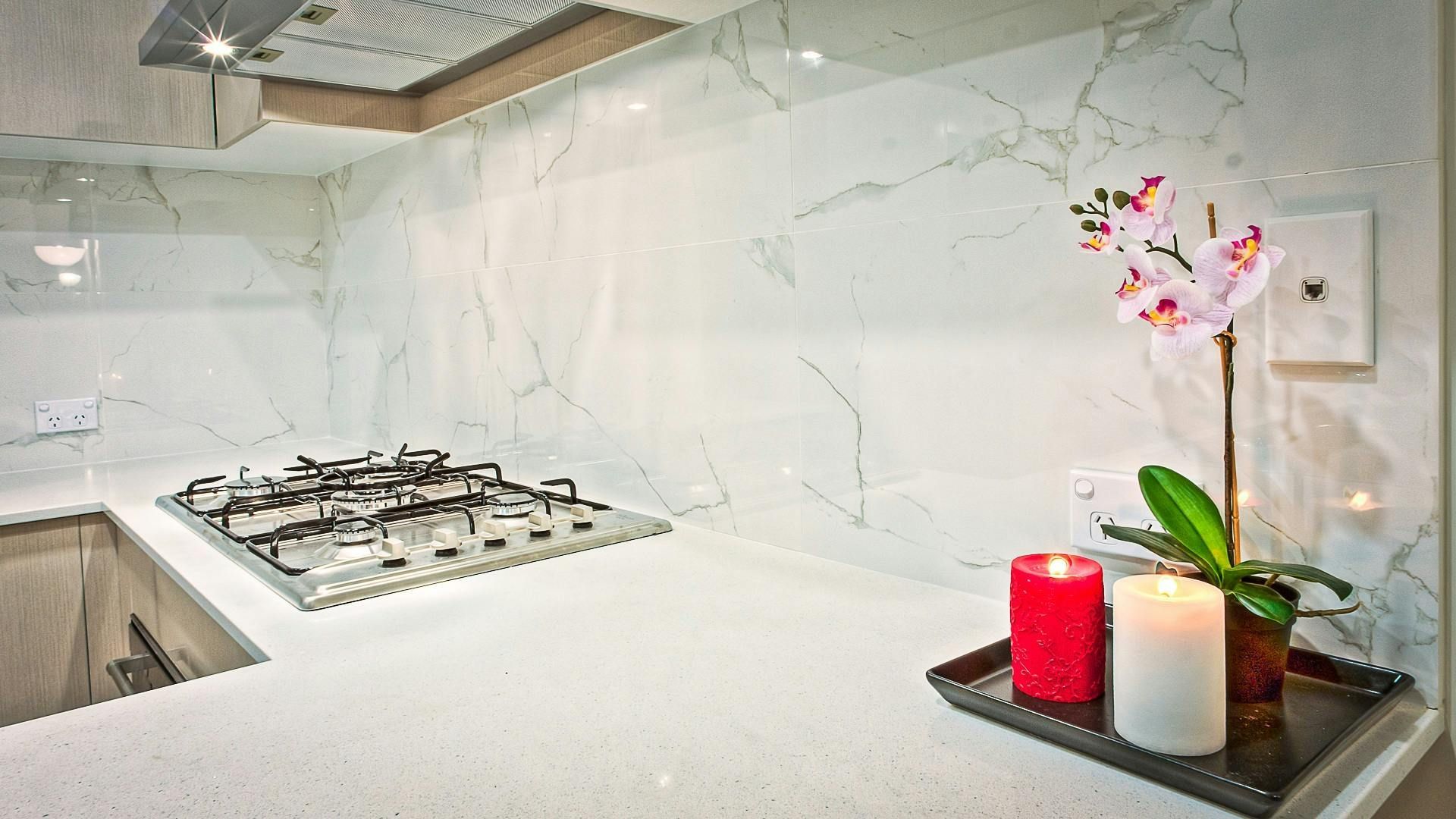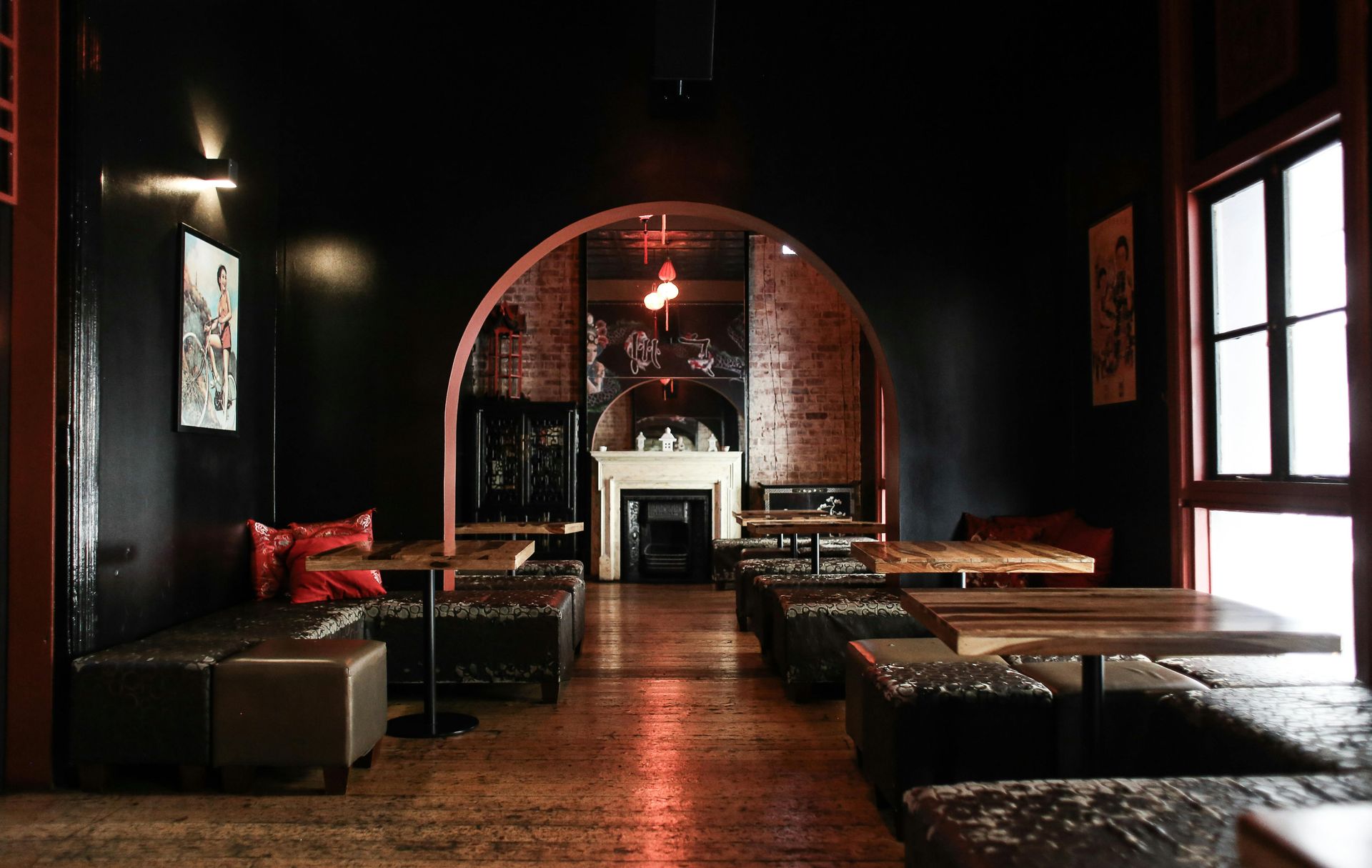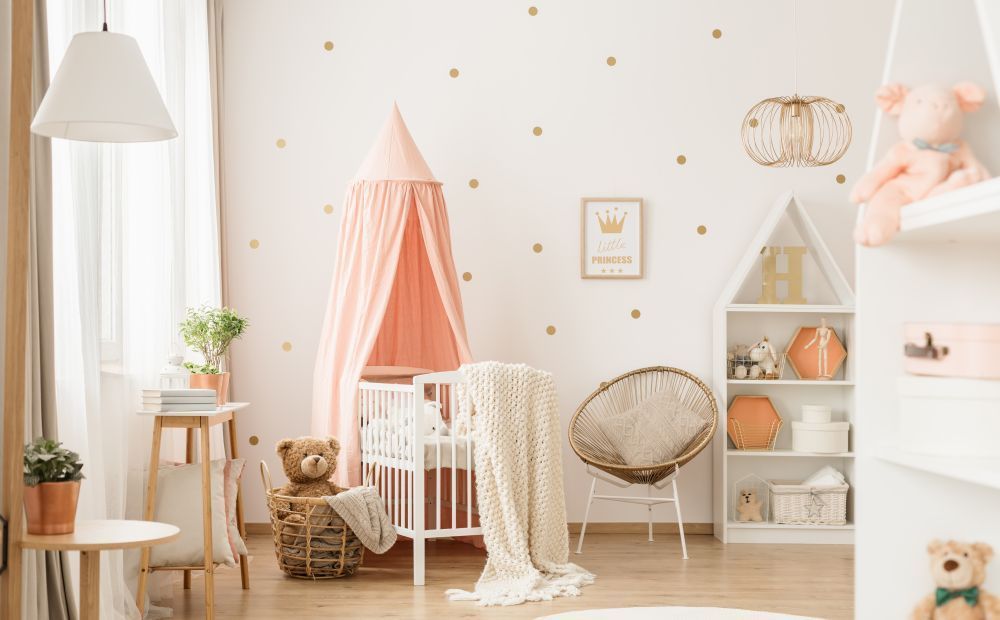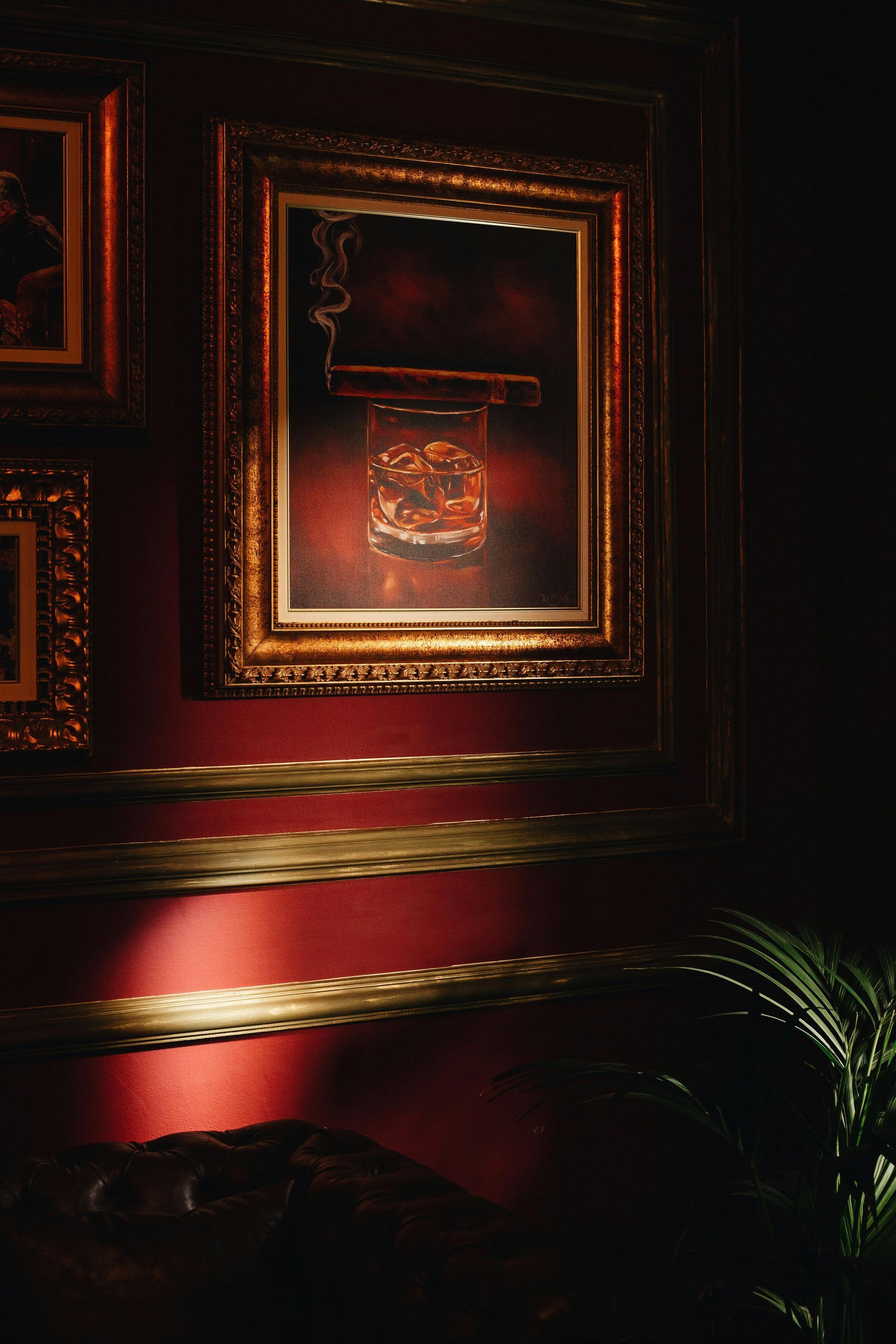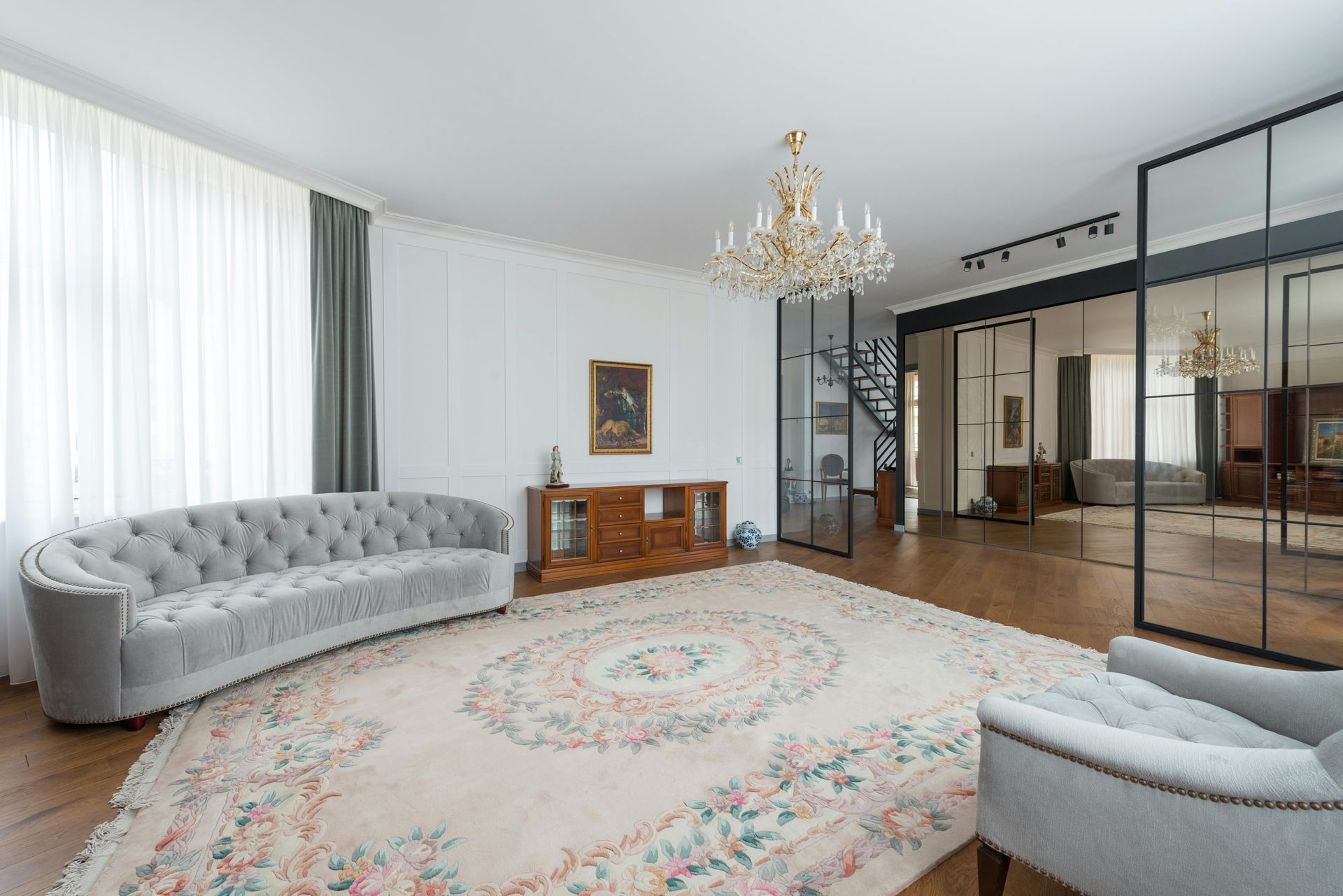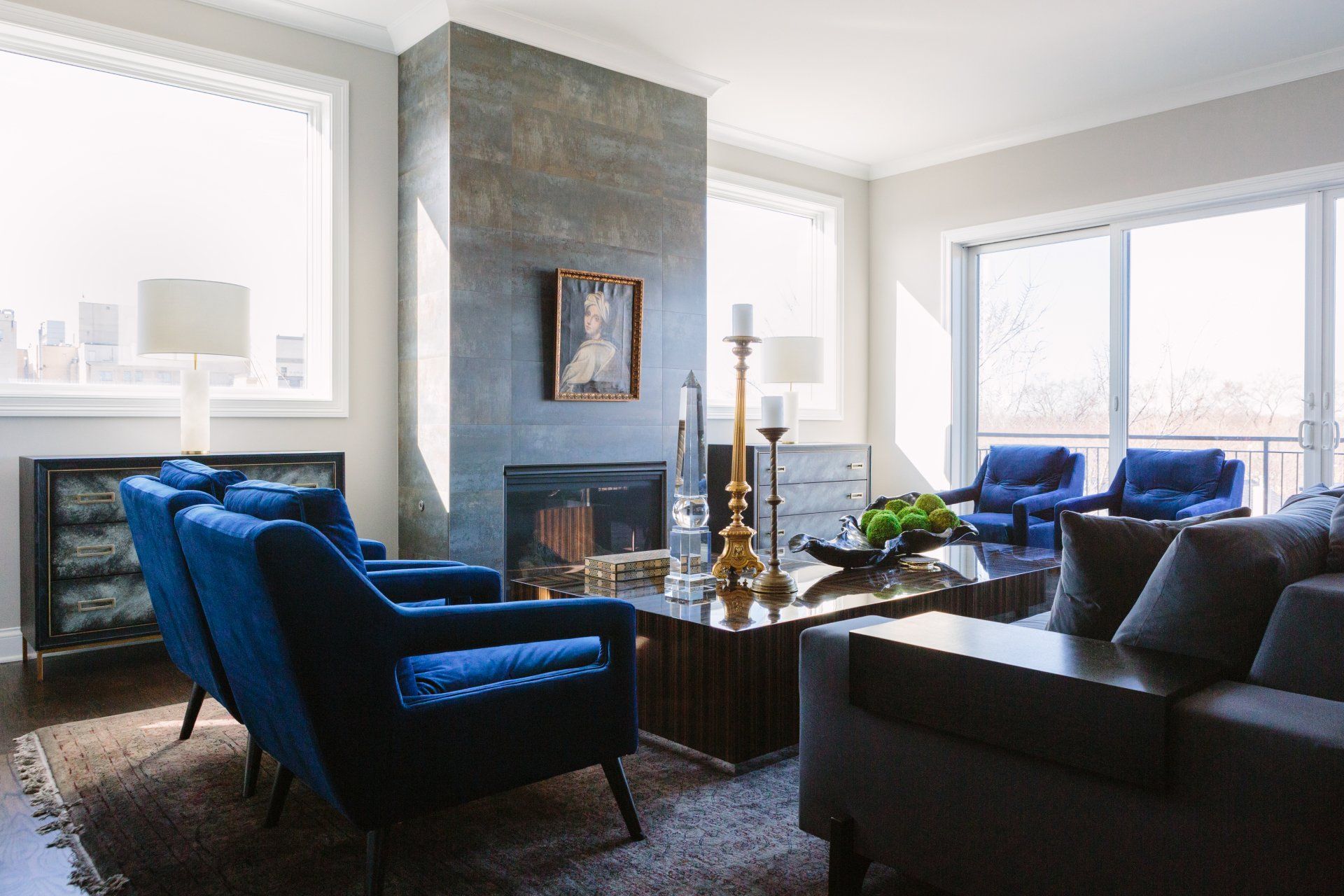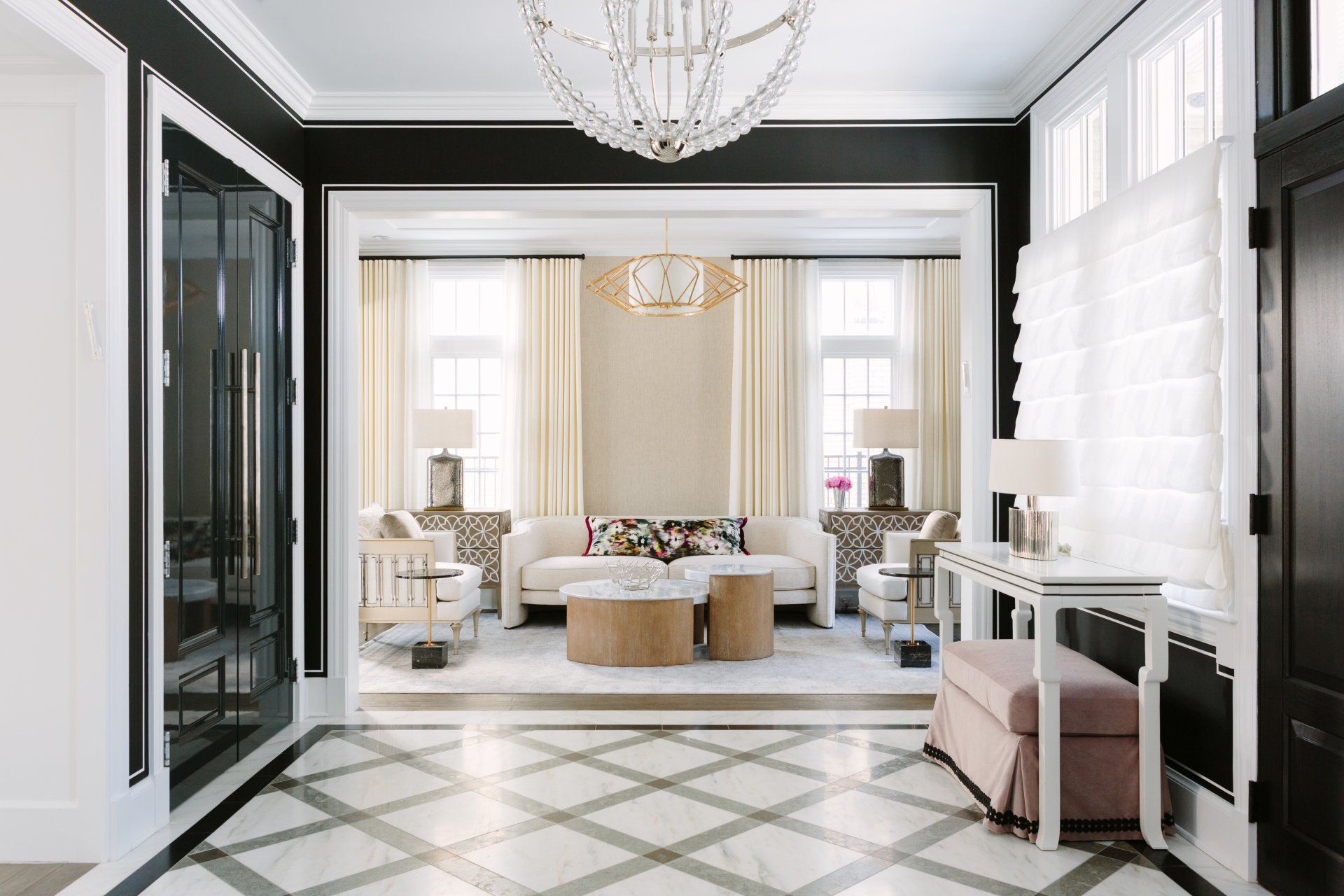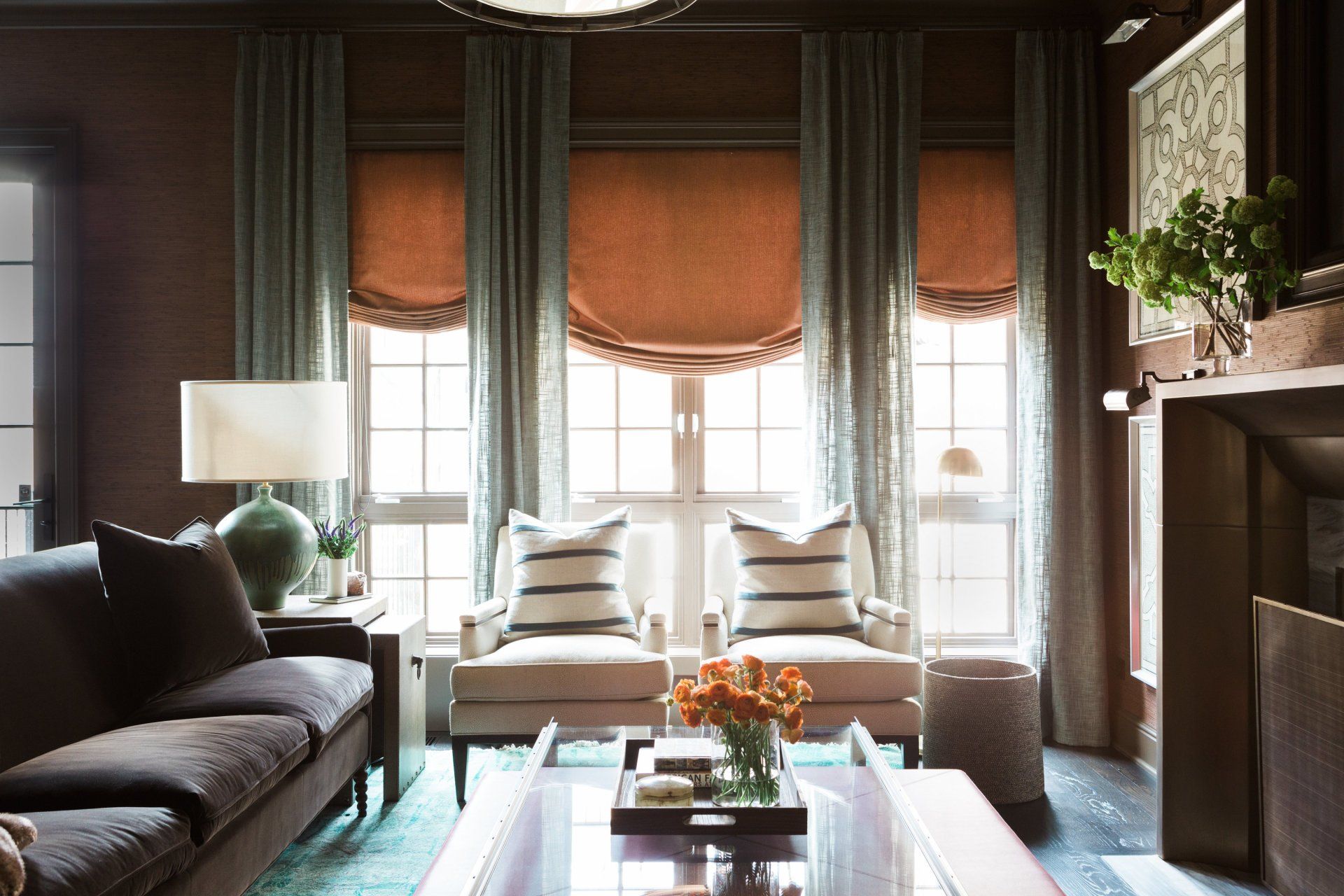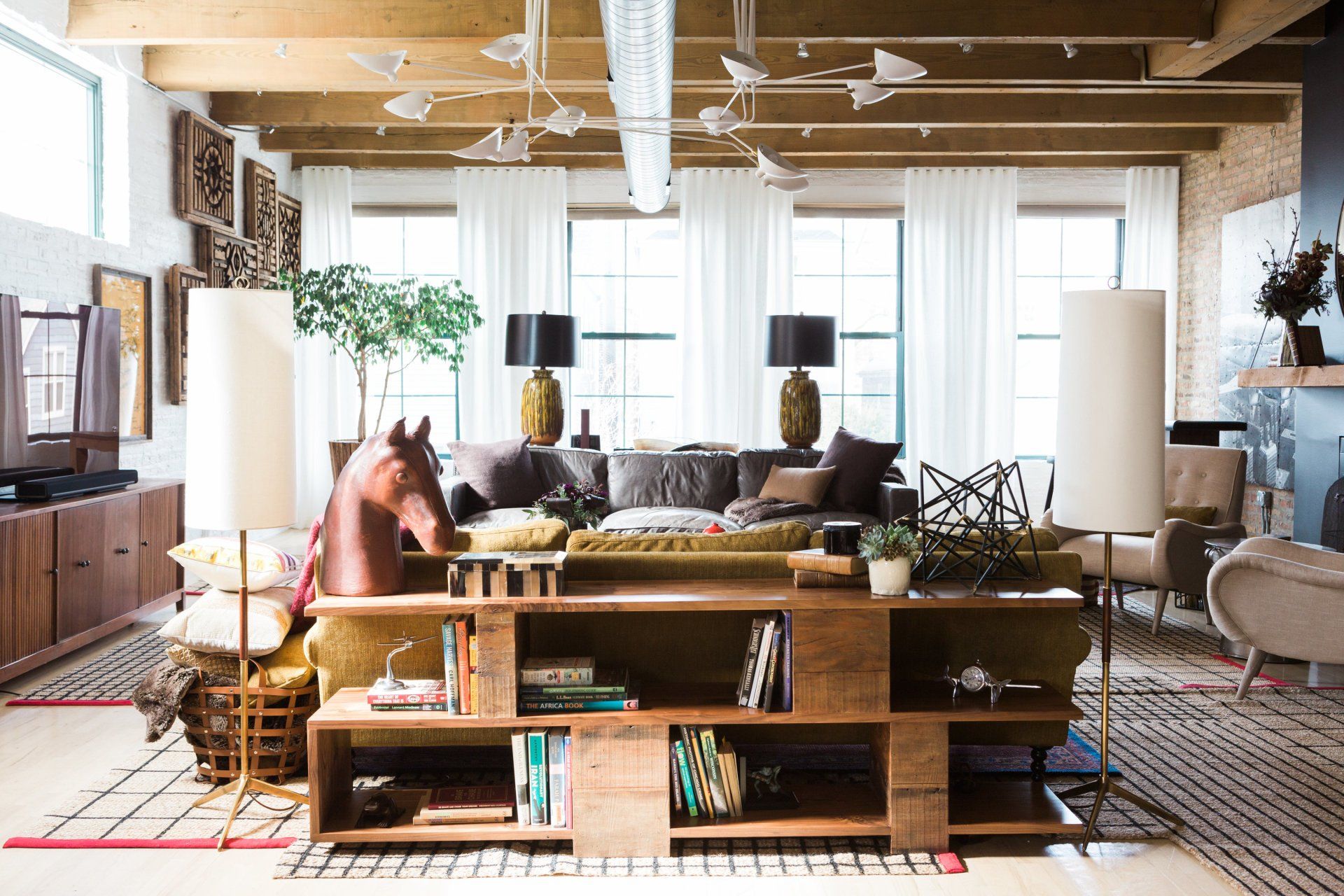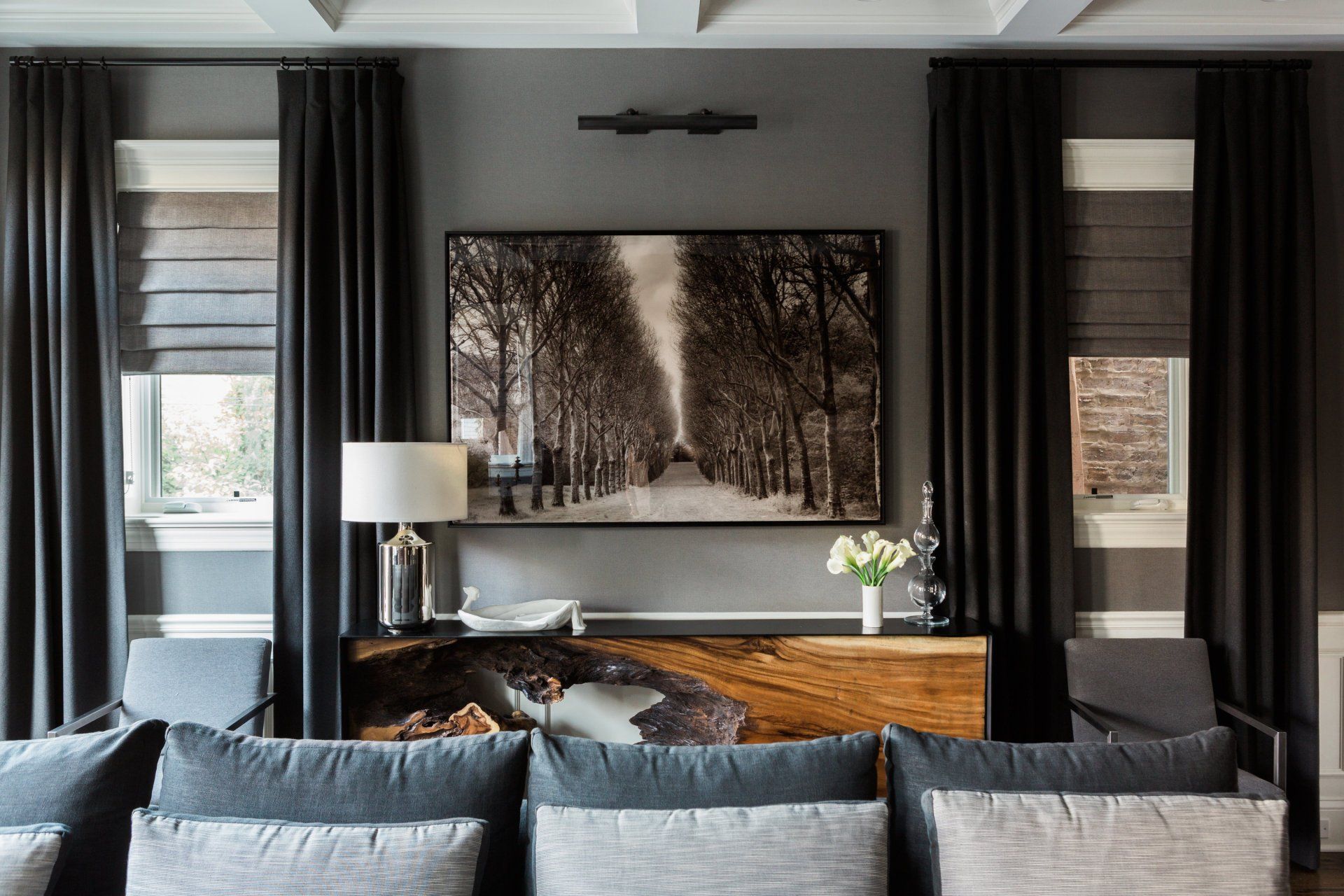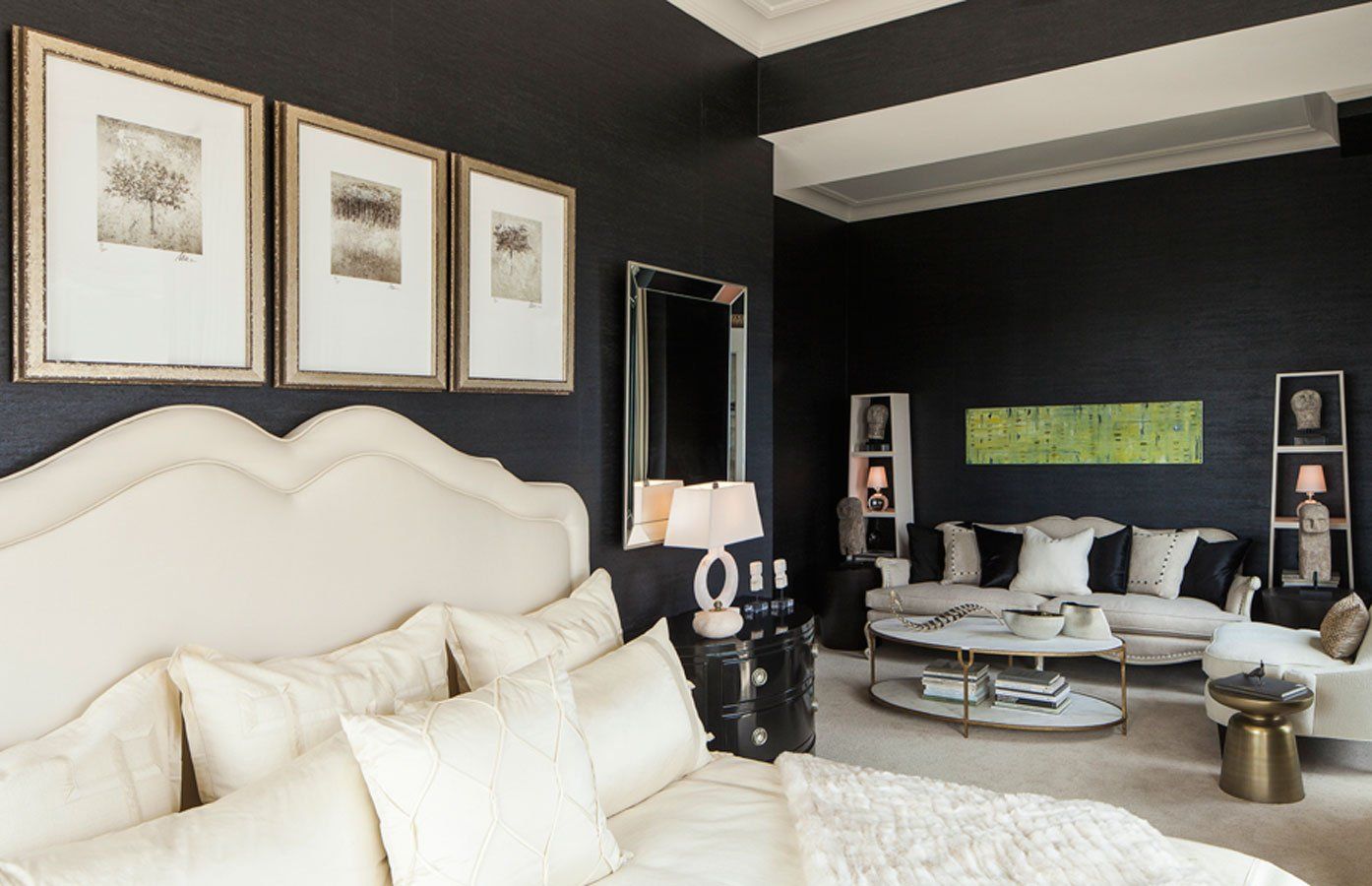Modern vs. Contemporary Interior Design: Key Differences & Style
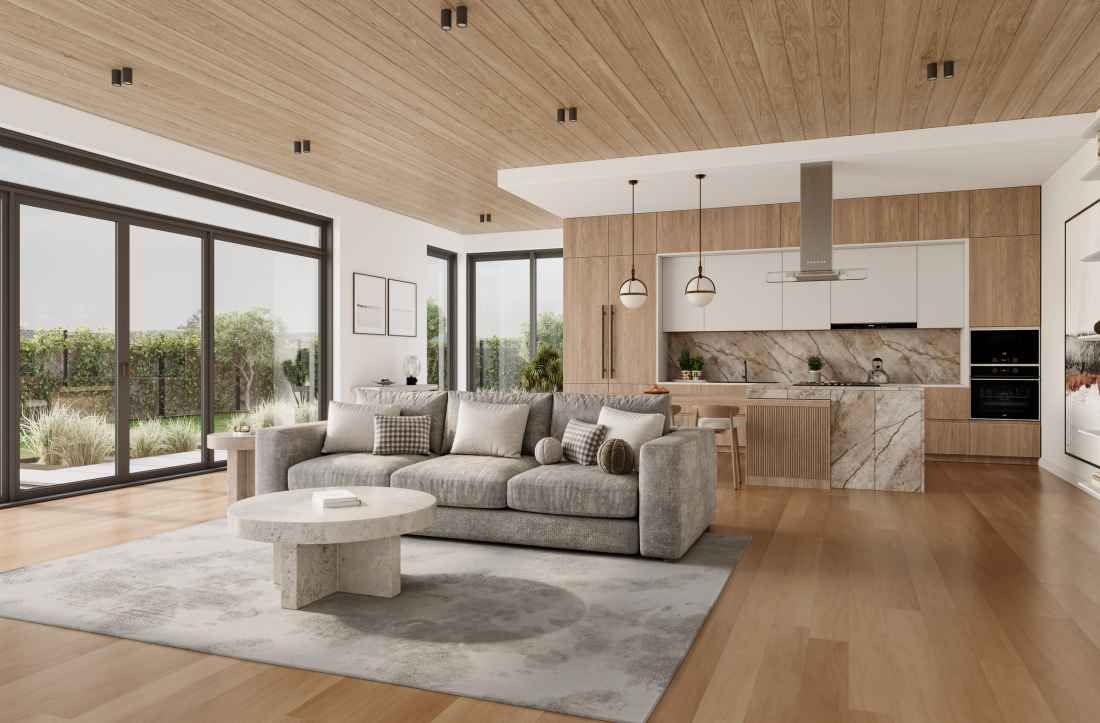
When it comes to decorating a home, the terms "modern" and "contemporary" are often used interchangeably. However, each represents a distinct approach to Interior Design Styles with its unique characteristics. Understanding the differences between these styles can help you create a cohesive and stylish home that aligns with your aesthetic preferences. In this blog post, we will delve into the key differences between modern vs contemporary interior design ,Learn about unique characteristics, design principles, & how to choose the best style.
Understanding Modern Interior Design
Historical Context
Modern Interior Design Styles refers to a specific period, typically from the early to mid-20th century. Rooted in the
Bauhaus movement and influenced by Scandinavian design , this style emphasizes simplicity, function, and form. Key figures include architects like Ludwig Mies van der Rohe and Le Corbusier, who championed the idea that "form follows function."
Modern Furniture Trends
- Modern design features sharp, clean lines and a minimalist approach. Modern furniture trends are often low-profile and functional.
- Natural Materials: Wood, leather, and natural fibers are commonly used. The use of natural light is also a significant aspect.
- Neutral Colors: The color palette is generally neutral, with whites, beiges, and grays dominating. Accents of bold colors are used sparingly.
Exploring Contemporary Interior Design
Evolving Nature
Contemporary design is ever-changing, reflecting current trends and innovations. Unlike modern design, which is rooted in a specific historical period, contemporary design evolves with time, adapting to new materials, technologies, and preferences.
Characteristics of Contemporary Design
- Flexibility: Contemporary design is versatile and can incorporate elements from various styles, including modern, industrial, and minimalism.
- Bold Colors and Patterns: While neutrals are still prevalent, contemporary design often embraces bold colors, patterns, and textures to create focal points.
- Mixed Materials: A mix of materials like glass, metal, and natural fibers is common. This style frequently features innovative and sustainable materials.
- Curves and Organic Shapes: Unlike the strict lines of modern design, contemporary interiors may include more curves and organic shapes in furniture and decor.
Comparing Modern vs Contemporary Interior Design
Key Differences
- Timeline: Modern design is a defined style from a specific period, while contemporary design is dynamic and reflects current trends.
- Aesthetic: Modern design emphasizes minimalism and function, with a focus on natural materials and neutral colors. Contemporary design is more eclectic, allowing for a broader range of colors, materials, and shapes.
- Flexibility: Contemporary design is more adaptable and can evolve over time, whereas modern designadheres to the principles established in the mid-20th century.
Similarities
- Simplicity: Both styles value simplicity and a clutter-free environment.
- Functionality: Functionality is a key aspect, with both styles favoring practical and purposeful furniture and decor.
- Open Spaces: Both modern and contemporary home decor often feature open floor plans that enhance the sense of space and light.
Incorporating Modern and Contemporary Elements
Tips for Modern Interior Design
- Embrace Minimalism : Choose furniture with clean lines and avoid unnecessary ornamentation. Less is more in modern design.
- Use Natural Materials: Incorporate wood, leather, and natural fibers in your furniture and decor. Let natural light flood the space.
- Neutral Palette: Stick to neutral colors and add accents of bold colors through artwork or decorative pieces.
Tips for Contemporary Interior Design
- Stay Updated: Keep up with current trends and be willing to experiment with new materials and colors.
- Mix and Match: Don’t be afraid to mix different styles and materials. A contemporary space can include elements from various design philosophies.
- Focus on Comfort: Ensure that your space is comfortable and functional, with furniture that supports both style and usability.
Conclusion
Choosing between modern and contemporary interior designultimately comes down to personal preference and how you want your space to feel. Modern vs Contemporary Interior Design offers distinct approaches, each with its unique characteristics and appeal. Modern design offers a timeless, minimalist aesthetic rooted in historical significance, while contemporary design provides a dynamic, ever-evolving look that embraces current trends. Both styles emphasize simplicity, functionality, and open spaces, but they differ in their approach to materials, colors, and shapes.
By understanding the unique characteristics and differences of each style, you can make informed decisions about your home decor. Whether you opt for the clean lines and natural materials of modern design or the bold colors and eclectic mix of contemporary decor, your home will reflect your taste and lifestyle.
Remember, the key to a successful interior design is creating a space that feels comfortable and true to you. Don't be afraid to blend elements from both styles to achieve a harmonious and personalized look. With thoughtful planning and a clear vision, you can transform your home into a beautiful, functional space that you’ll love for years to come.
Explore the nuances of modern vs contemporary interior design styles and view our projects for inspiration.
FAQs About Modern and Contemporary Interior Design
1. What is the main difference in modern vs contemporary interior design?
The primary difference is that modern design refers to a specific historical style from the mid-20th century, while contemporary design is fluid and reflects current trends and innovations.
2. Can modern and contemporary elements be combined in one home?
Yes, blending modern and contemporary elements can create a unique and personalized space. Focus on maintaining a cohesive color palette and complementary materials to achieve a balanced look.
3. What are some iconic furniture pieces associated with modern design?
Iconic pieces include the Eames Lounge Chair, Barcelona Chair by Ludwig Mies van der Rohe, and the Noguchi Coffee Table. These pieces exemplify the clean lines and functional design of the modern style.
4. How can I make my contemporary home decor feel more timeless?
Incorporate classic design elements and neutral colors as a base, and use bold colors and trendy pieces as accents. This way, you can easily update your space without a complete overhaul.
5. What are some sustainable practices in contemporary interior design?
Contemporary design often embraces sustainability by using eco-friendly materials, energy-efficient lighting, and sustainable furniture. Recycled materials and locally sourced products are also common in contemporary interiors.
